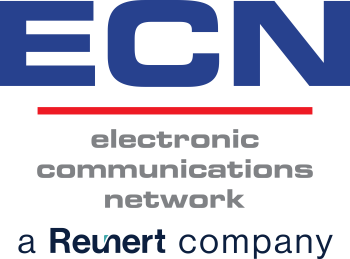With social distancing seeing a rise in digital activity, many are looking towards faster, more efficient internet solutions. This is where 5G and fibre optic are coming to the fore, but there is still confusion about what each of them will provide users. Here’s a look at the two connections and what they mean for you.
1. What is 5G?
This is the fifth generation of mobile networks designed to meet the increased transference of mobile data. Although this is a wireless solution, it still relies on a physical network connection, currently the traditional copper cabling or fibre optic solutions.
2. What is fibre optic?
Fibre optic is the latest technology in terms of internet cabling. Created from thin glass or plastic, fibre transmits information coded within a beam of light. This will eventually replace the often problematic copper cabling and telephone lines.
3. Is 5G better than fibre optic?
Where 5G has the upper hand is in the fact that it requires a lot less infrastructure, making it less costly and cumbersome. However, 5G has a limited range when compared with fibre optic connections.
4. Can 5G replace fibre optic?
Up to this point, mobile networks haven’t been able to provide as fast and reliable an internet connection as their wired counterparts – fibre optics in this case. 5G is likely to provide a superior connection than fibre optic, but it will depend on the applications it supports and the user needs. Because fibre optic is a more well-established network, it might take a bit of time before 5G exceeds its functionality.
5. Is 5G faster than fibre optic?
When 5G is established with sophisticated physical connections and the necessary infrastructure, it is likely to be much faster than fibre. 5G has anticipated speeds of 20GB download per second; 100GB upload and less than a millisecond of latency.
6. Does 5G need fibre optic?
Simply, yes. Fibre optic remains the backbone of the 5G network, connecting to the various cell sites. This will enhance bandwidth and speed as reliance on 5G increases. Currently, it’s the final mile of the broadband connection that causes the bottlenecking, but with 5G, that final mile won’t be a weak point.
7. Is 5G or fibre optic better for big business?
Because 5G has not yet been fully realised, it is not a strong contender for big business operations as yet. The constant stream of large data amounts will require an incredibly reliable connection and, as it stands, that is more likely to be fibre optics. For now, fibre optics are likely to be the dominant form of communication until 5G infrastructure is a lot more extensive.
Read More: Differences between Fibre and 5G
It’s important to consult with industry professionals before deciding on which form of internet connectivity will work. The locations of your business or home; number of connected devices; data amounts and speed required will all determine what is the best communication solution for you.


One Comment